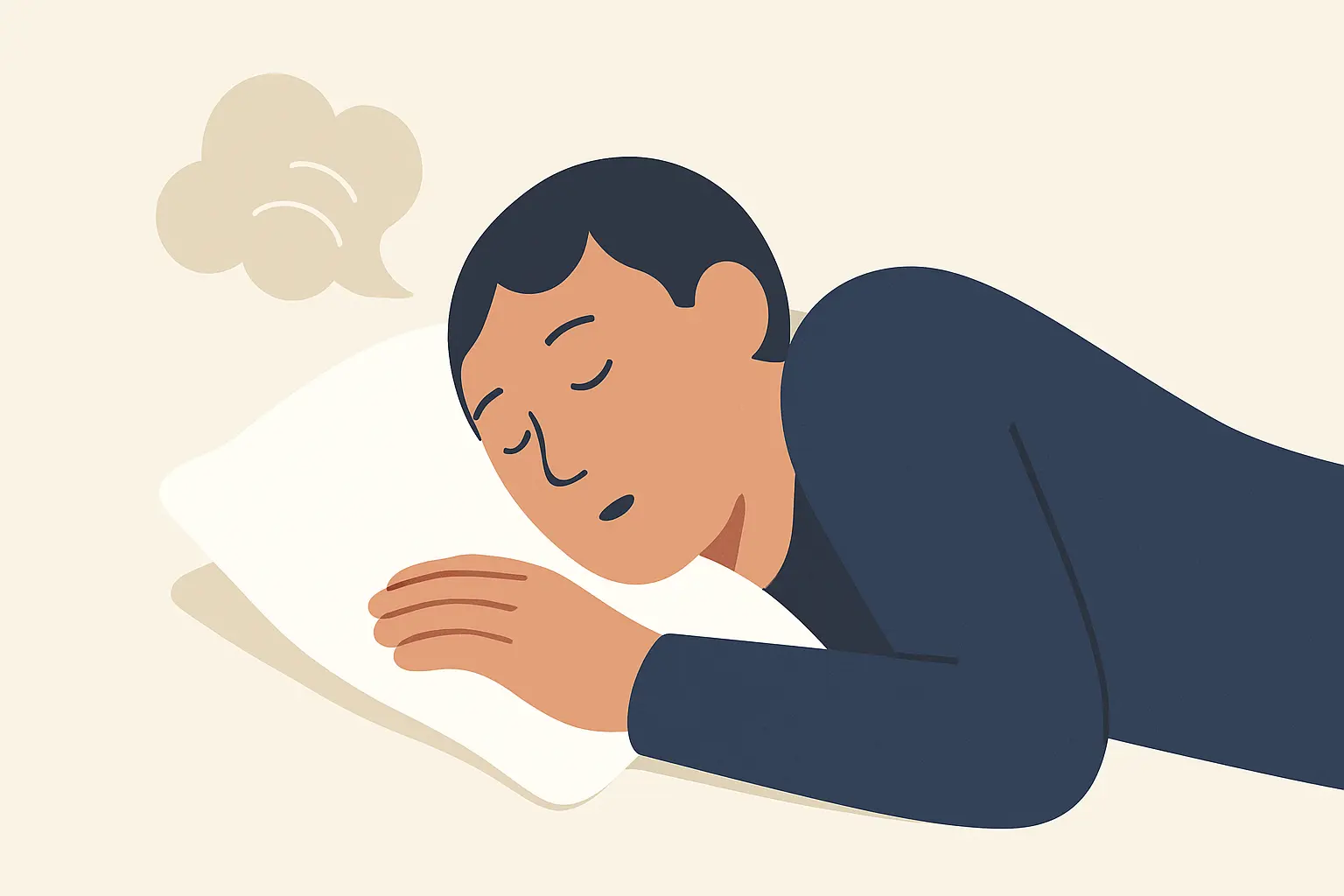Power Naps Done Right: Boost Energy Without Harming Night Sleep
Ever feel that 3 p.m. slump where your eyelids feel like lead? Power naps can be a lifesaver — if done correctly. Done wrong, they can leave you groggy or mess up your night’s sleep. Done right, they can boost alertness, mood, and productivity.
Why Power Naps Work
Short naps (10–30 minutes) can:
- Reduce sleep pressure and mental fatigue
- Enhance focus and cognitive performance
- Improve mood and creativity
Long naps, over 45 minutes, risk entering deep sleep, which can cause sleep inertia — that groggy, disoriented feeling after waking.
Practical Tips for Effective Power Naps
-
Keep it short
10–30 minutes is ideal. Set an alarm to avoid oversleeping. -
Optimal timing
Early afternoon, typically 1–3 p.m., aligns with natural circadian dips. Avoid late-day naps that interfere with nighttime sleep. -
Create a nap-friendly environment
Quiet, dark, and slightly cool spaces help you fall asleep faster. Earplugs, eye masks, or white noise machines can help. -
Relaxation techniques
Brief meditation, deep breathing, or progressive muscle relaxation prepares your body for a restorative nap. -
Track your nap effectiveness
Apps like SnailSleep help monitor sleep stages, nap duration, and how your nap affects your nighttime sleep.
Real-Life Example: Sarah’s Productivity Hack
Sarah, a 28-year-old graphic designer, struggled with afternoon fatigue. She started taking 20-minute naps after lunch, keeping her phone on Do Not Disturb, and tracking her sleep cycles with a smart app. Within a week, she felt more alert, creative, and energetic, and her night sleep remained unaffected.
Common Mistakes to Avoid
- Napping too late: Can delay bedtime and disrupt night sleep
- Napping too long: Risk entering deep sleep and waking groggy
- Ignoring environment: Noise, light, or uncomfortable seating reduces nap quality
Small Adjustments, Big Energy Boost
Incorporating short, structured naps into your daily routine can have significant benefits for mental clarity, mood, and overall productivity. Combine with good sleep hygiene for maximum effect.
When to Seek Extra Help
If fatigue persists despite good naps and sufficient nighttime sleep, consider discussing with a healthcare professional. Underlying issues such as sleep apnea, anemia, or thyroid imbalance may be contributing factors.
Related Articles
- Tracking Your Sleep with Technology: A Step-by-Step Guide
- Sleep and Mental Health: How Restorative Sleep Protects Your Mind
- Digital Age Insomnia — How Screens Are Stealing Your Sleep

